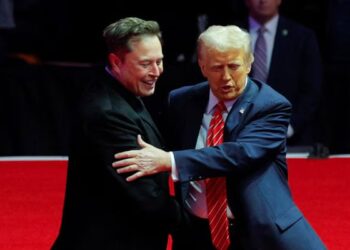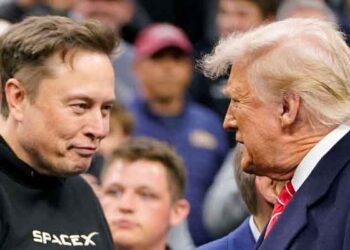The competition among automakers to deliver the best energy savings for electric vehicle (EV) owners is intensifying. General Motors’ division, GM Energy, has launched the PowerBank, a stationary energy storage battery system that enables EV owners to store and transfer energy from the electric grid. This innovative system can also be integrated with home solar power setups.
The PowerBank is available in two capacity options: 10.6 kWh and 17.7 kWh. GM claims that this battery can supply power to a household during outages or help mitigate high electricity costs during peak hours. Additionally, users can harness solar energy, enhance their EV charging, or provide household power even when an EV is not connected.
According to GM, linking two units of its 17.7 kWh PowerBank can generate enough electricity to sustain the average American household for as long as 20 hours.
Customers can purchase the PowerBank as part of two packages: the GM Energy Storage bundle priced at $10,999 or the GM Energy Home System bundle at $12,700, the latter of which features a bi-directional EV charger capable of delivering up to 19.2 kWh of power. In comparison, Tesla’s PowerWall 3 stores 13.5 kWh of energy and sells for $9,300.
Wade Sheffer, GM’s vice president, noted that one significant advantage of the PowerBank is its “modularity,” which facilitates seamless integration with existing technologies.
In August, GM revealed plans to incorporate vehicle-to-home (V2H) technology into all its model year 2026 vehicles. It will also introduce vehicle-to-grid (V2G) technology, which can enhance energy efficiency and provide additional financial benefits.
The shift toward energy savings through the integration of electric vehicles, solar-powered homes, and energy grids is becoming central to the offerings of EV manufacturers.
Nissan, BMW, Ford, and Honda have collaborated on the ChargeScape V2G software, connecting EVs to utility providers and the power grid, allowing owners to receive financial incentives for pausing charging during peak demand or selling energy back to the grid.
Although Tesla has been hesitant to adopt V2G technology, CEO Elon Musk has indicated that V2G features could be available for Tesla vehicles by 2025.






